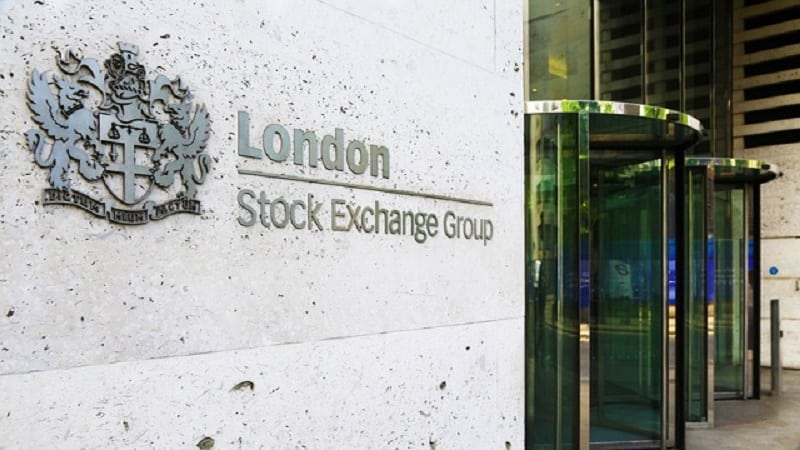Q: Which asset classes, sectors or strategies are attracting your attention and why?
We’re only a couple of months into 2025, and the sheer volume of news already feels like a year’s worth. With that comes both caution and opportunity. At WHEB, we focus on global listed equities, seeking companies for long-term investment that address sustainability challenges.
Amid the turbulence, we’re watching key end markets closely – particularly life sciences and semiconductor equipment. Both sectors have faced headwinds in the cyclical downturn, but structural demand remains strong. As sentiment shifts, these industries could present compelling opportunities, and we’re monitoring the signs as conditions begin to stabilise.
Q: How do you see sustainable and ESG-oriented investing evolving from here within the asset class you cover?
ESG investing in global equities is moving beyond a simple screening tool to a more integrated approach, where sustainability factors are fundamental to assessing long-term value. Investor demand – not just regulation – is driving this shift, pushing for greater transparency and measurable impact.
The Sustainability Disclosure Requirements will help standardise reporting, making it easier for investors to assess whether their capital is truly aligned with their values. At the same time, underlying companies are improving their ESG integration, providing more robust data to enable better, forward-looking investment decisions.
As transparency and data quality improve, ESG investing will become more structured, reducing greenwashing concerns and ensuring capital flows toward companies genuinely committed to long-term sustainability.
Q: What will be different about the investment sector a decade from now?
The transfer of wealth will likely reshape the investment landscape. A deVere Group poll showed that nearly 73% of millennials and Gen Z investors prioritise ESG criteria. As investor expectations shift, asset managers and companies will face growing pressure to demonstrate clear commitments to sustainability and long-term value creation. This could drive a more systemic integration of ESG factors across the industry.
Technological innovation will also play a major role, particularly in how information is processed and communicated. Over the past decade, we’ve seen information become more accessible, and with AI advancing rapidly, data is becoming more actionable. I’d expect improvements in how insights are shared, making critical investment data more transparent, efficient and digestible.
Read the rest of this article in the March issue of Portfolio Adviser magazine











